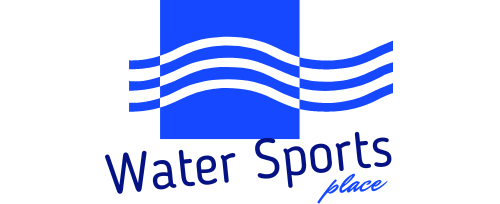Comprehensive Guide to Kayaking in Mount Rainier National Park
What are the Best Kayaking Spots and Launch Locations in Mount Rainier National Park?
- Mowich Lake
- Location: Mowich Lake is situated in the northwest corner of Mount Rainier National Park, accessible via State Route 165 and Mowich Lake Road. The road is unpaved after the first three miles and can be rough.
- Accessibility: Mowich Lake is the largest lake in the park and one of the few that can be driven to. However, visitors should be prepared to move their equipment over uneven terrain, and parking can be limited on busy summer weekends.
- Season: The lake is open for kayaking from mid-July to mid-October.
-
Fishing: Mowich Lake is open for fishing during the same period, with kokanee being a common catch.
-
Nisqually River
- Location: The Nisqually River runs out of the park near the southwest entrance and through Ashford, WA. The drop-in point is at Skate Creek/USFS-52, and the take-out is near Highway 7 in Elbe, just before Alder Lake.
- Difficulty: Recommended for more experienced paddlers, the Nisqually River offers a Class II and III run, which is not suitable for canoes.
- Season: The river can be paddled year-round, but conditions are best during the warmer months.
What are the Best Times to Kayak in Mount Rainier National Park?
- Seasonal Considerations: The best time for kayaking in Mount Rainier National Park is from mid-July to mid-October, when the weather is warmer and the roads to Mowich Lake are open.
- Weather Patterns: The park’s lakes are cold even during the hottest summer days, and the weather can change quickly. Paddlers should be prepared for variable conditions, including rain and wind.
What are the Regulations and Safety Requirements for Kayaking in Mount Rainier National Park?
- Permits
- No state boating license is required for paddle sports in Mount Rainier National Park, but a wilderness permit may be necessary for overnight camping.
-
For fishing, a Washington state catch record card is required for salmon and steelhead, but not for other fish species.
-
Safety Requirements
- Always wear a Personal Flotation Device (PFD) on the water.
- Carry a dry change of warm clothes, food, water, sunscreen, and bug spray.
-
Be prepared to self-rescue and make minor repairs to equipment.
-
Environmental Guidelines
- Thoroughly wash and dry all equipment before and after visiting the park to prevent the transport of non-native or invasive species.
- Do not dump water from other sources into the park’s lakes.
- Avoid trampling meadow plants and other vegetation along the shore.
What are the Paddle Sports Specifications and Costs for Kayaking in Mount Rainier National Park?
- Equipment: Paddlers should bring their own kayaks or other paddle sports equipment. Modern technology has made watercraft increasingly lightweight and portable, but getting to the lakes can still be challenging.
- Costs: There are no specific costs mentioned for kayaking within the park, but visitors should be prepared for the costs associated with equipment, transportation, and any necessary permits or licenses.
- Schedules: There are no scheduled kayak tours within the park, but visitors can plan their own trips based on the seasonal and weather conditions.
What are the Additional Considerations for Kayaking in Mount Rainier National Park?
- Pet Restrictions: Pets are not permitted on any park trails, including around Mowich Lake.
- Closed Lakes: Certain lakes within the park, such as Tipsoo, Shadow, Reflection, Frozen, and Ghost lakes, are closed year-round to protect sensitive riparian vegetation and water supplies.
Reference Links
- National Park Service – Paddle Sports at Mowich Lake
-
Visit Rainier – Go Kayak Fishing In the Mount Rainier Region
-
Mt. Rainier Business Alliance – Paddling around Rainier
- Paddling around Rainier – Mt. Rainier Business Alliance
